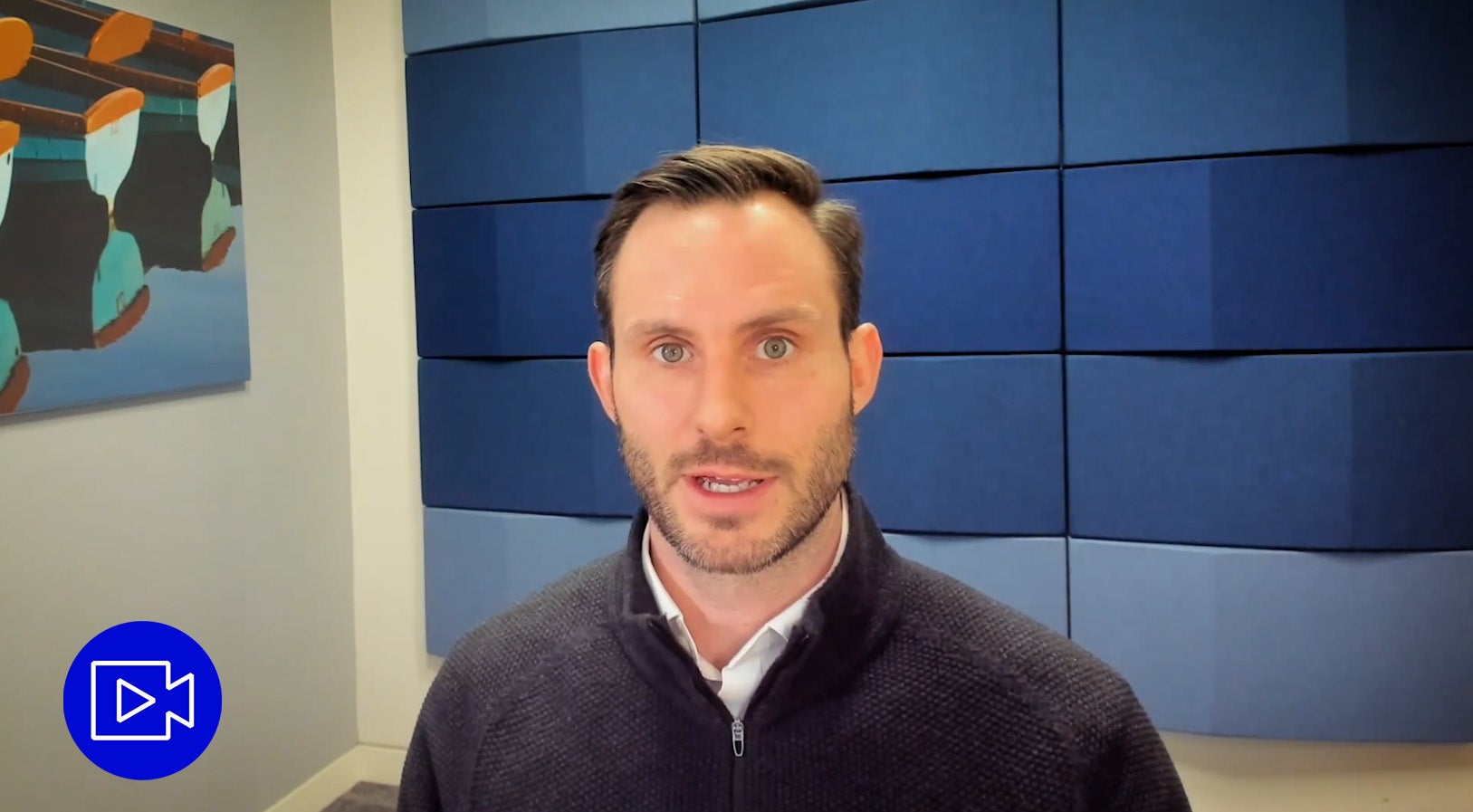
ETF A proven, systematic approach to active investing
Find out what objectives a systematic active approach might aim to achieve and how an equity ETF using this strategy fits in between pure passive and traditional active management.

Following the inclusion of India government bonds into JPMorgan’s emerging market sovereign bond index, MSCI raised India’s weightage in Global Standard (Emerging Markets) index to 16.3% from 15.9% in its latest rebalancing.1 The adjustment is expected to attract a net inflow of $1.5 billion.2
There are countless investment opportunities in India, and we selected four fundamental trends that are worth long-term investors’ attention. Based on these trends, we are positive on financials, manufacturing and consumers sectors.
Source: Goldman Sachs
Source: NFHS, IndiaDataHub, Macquarie Research, August 2023
Source: OECD, World Bank, CEIC, HSBC
This is Part 2 of a three part series on Indian equities. Part 1 was published on 29 November, 2023 and Part 3 was published on 5 March, 2023
An active fund of around 70 companies featuring quality growth characteristics in the fastest growing large country in the world.
The investment concerns the acquisition of units in an actively managed fund and not in a given underlying asset.

Find out what objectives a systematic active approach might aim to achieve and how an equity ETF using this strategy fits in between pure passive and traditional active management.

While most standard equity benchmarks weight their constituents according to market capitalisation, an equal-weighted approach can sometimes make more sense. Discover more about equal-weight and how to gain broad equity exposure without the concentration risk.

Key things impacting the outlook for global equities in 2025: Donald Trump, artificial intelligence (AI) and ‘hangover stocks’.